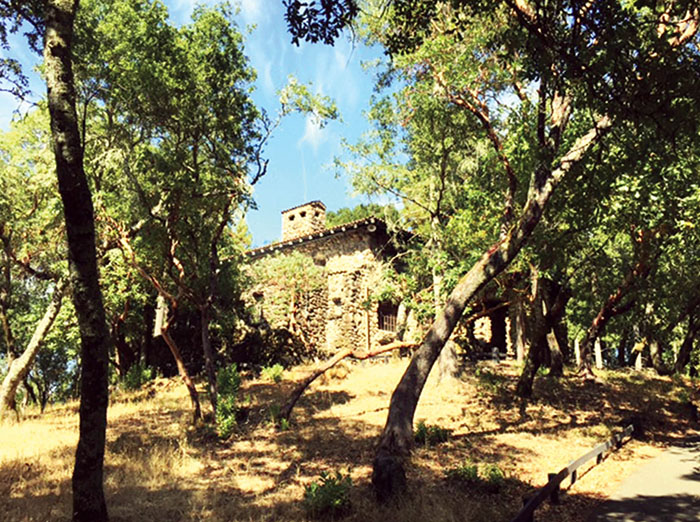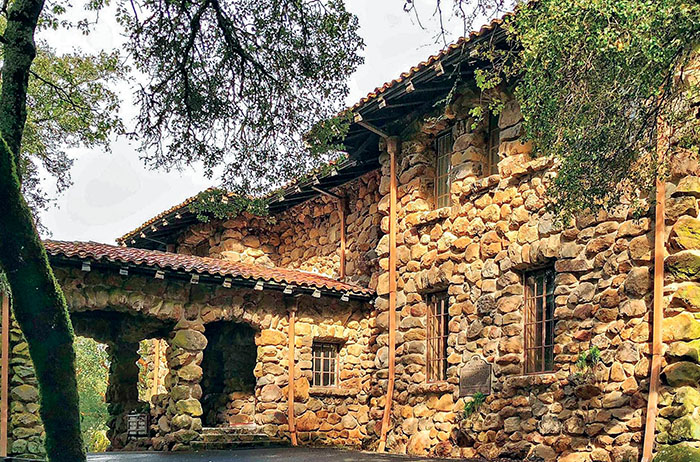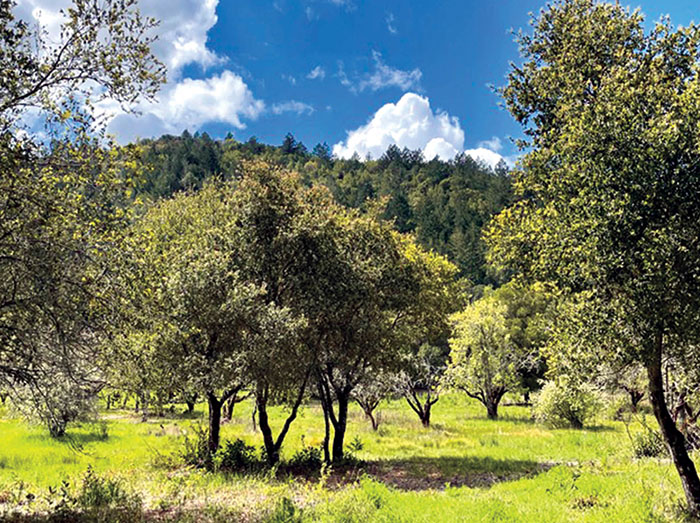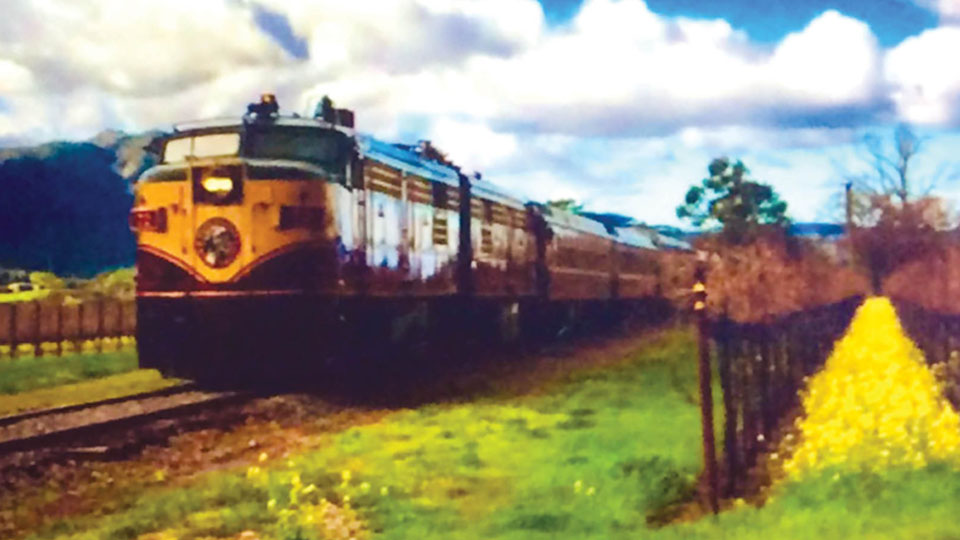By Girija Madhavan
I recently visited San Francisco after a gap of seventeen years, having settled meanwhile into retirement in Mysuru, enduring the pandemic and personal loss.
I was mesmerised again by the beauty of craggy hill sides sloping down to the Bay, the majestic redwoods, the vivid red towers of the Golden Gate Bridge wreathed in mist; Alcatraz, a dark and sinister shadow on the horizon; feeling lucky to glimpse a seal or otter bobbing among the waves and pelicans flying on their ordained trajectories.
Indigenous people, called Ohlone were the original inhabitants, living for millennia on this land. Their descendants, in small numbers, are still found here. Spanish and Mexican influences are interwoven into the history of San Francisco.
In 1769, the Spanish occupied the San Francisco area and established a settlement here naming it “Yerba Buena” after a local plant. The city was renamed “San Francisco” in honour of St. Francis of Assisi in 1847.
This country of scenic charms also produces a wealth of fine wines. In the scenic Napa wine country, I saw a locomotive chugging through the vineyards. It was an old train, now restored, named the “Napa Valley Wine Train.” Offering wine tours with locally sourced gourmet food. A 38-mile round trip on it from Napa provides fine dining and winery visits.

San Francisco has been futuristic in testing driver-less cars or AVs [Autonomous Vehicles]. The white “Waymo Cars” [driver-less and empty] are spooky when they glide to a stop alongside one at traffic lights. They are operated by software, sensors and hardware and comply with traffic rules. Called “Robot cabs” they can be booked as taxis. I refused a ride in one which I now regret.
Sonoma, founded by General Mariano Guadalupe Vallejo, has a charming square with surrounding historic buildings authentically preserved. While San Francisco has been home to literary figures like Walt Whitman, Mark Twain and Robert Louis Stevens, Sonoma has the unique attribute of being the site of The Jack London State Historic Park.
Jack London novelist, journalist and activist was born in San Francisco [January 12, 1876 – November 22, 1916]. Named John Griffith Chaney at birth, his name was later changed to “Jack London.”
His early years were troubled. He dropped out of school at the age of fourteen. Adventurous in spirit, he sailed the San Francisco Bay in his sloop, stealing oysters, hunting seals but not deterred by hardship and poverty. He went to Klondike in Yukon during the Gold Rush and across Alaska. He took to writing in late adolescence to earn a living. He was the highest paid and most widely translated writers of his times; writing 50 books of fiction and non-fiction in 17 years and many short stories too.
He had dropped out of college but educated himself reading in libraries, influenced by Friedrich Nietzsche, Robert Louis Stevenson, Karl Marx and Charles Darwin whose book, Origin of the Species, he took to Klondike.
In 1903 “The Call of the Wild” [an adventure story about “Buck,” a sled dog], brought him instant fame. “White Fang”, “To Build a Fire”, “The Sea Wolf” followed suit. Conflict with elemental forces of nature, themes of survival in harsh conditions, socialist ideals and humane treatment of animals imbue his works.
Joseph Conrad said of him: “His work is real; his books have been lived.” His writings also inspired Ernest Hemmingway, John Steinbeck, George Orwell and Upton Sinclair.

He married Charmian Kittredge, his second wife, in 1905. An American writer, she had a strong, independent and sparkling personality. She sustained his writing, shared his interests, travelling with him to Hawaii and the South Seas in the “Snark”, a ketch he had designed. In 1910, they made Glen Ellen in California, their home and began construction of “Wolf House”, a 26-room mansion to house 15,000 books and souvenirs. Sadly, just as the Londons were to move in, Wolf House burned down in 1910, a bad blow to them. They continued to live in the annex of the wood-framed cottage on the property called Beauty Ranch.
Though his health continued to deteriorate, Jack London wrote his later works here and worked with undimmed enthusiasm and zeal till his death [said to be from uraemia and renal colic] on 22nd November 1916, at the age of just forty years; a span filled with extraordinary achievement.

Jack London was passionately concerned for animal welfare. He raised pigs on his property and created an innovative system of housing and efficient care for them; easy for workers and humane for the animals too. The circular layout enabled one worker to care for many hogs and still stands in the Park. This Pigpen came to be named “Pig Palace” by a San Francisco news reporter who was astounded both by its high cost and its imaginative and brilliant layout.
Charmian continued to live at Beauty Ranch after husband’s death. She then created The House of Happy Walls in 1919 as a Memorial to her husband and later lived in it till her death at 84 in 1955.

I visited this museum. Green floor tiles and furnishings meant for Wolf House are exhibited in this evocative display. London’s Typewriter, Dictaphone, manuscripts, photographs, souvenirs and a scale model of the Snark bring back to life the vibrant life of Jack and Charmian London. Charmian wanted the house to remain as a tribute to her husband, not a residence for people. So it is a museum with souvenirs and a big collection of his books for sale. Charmian’s ashes are buried beside Jack London’s under a volcanic rock in the Jack London State Historic Park.








Recent Comments